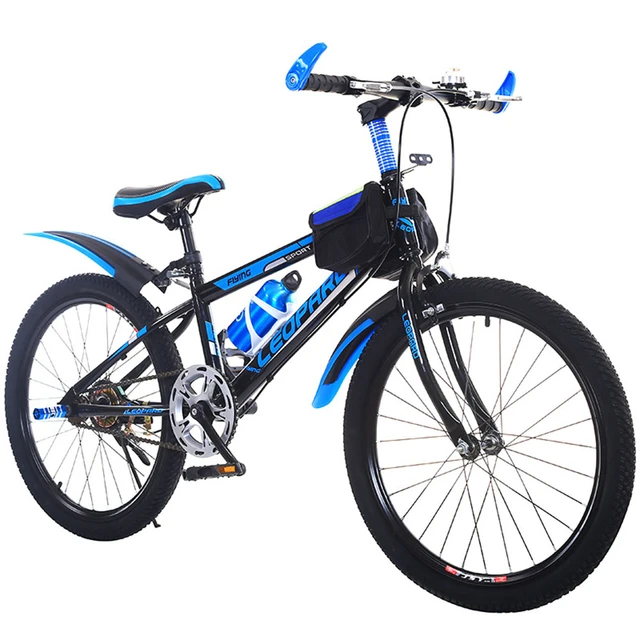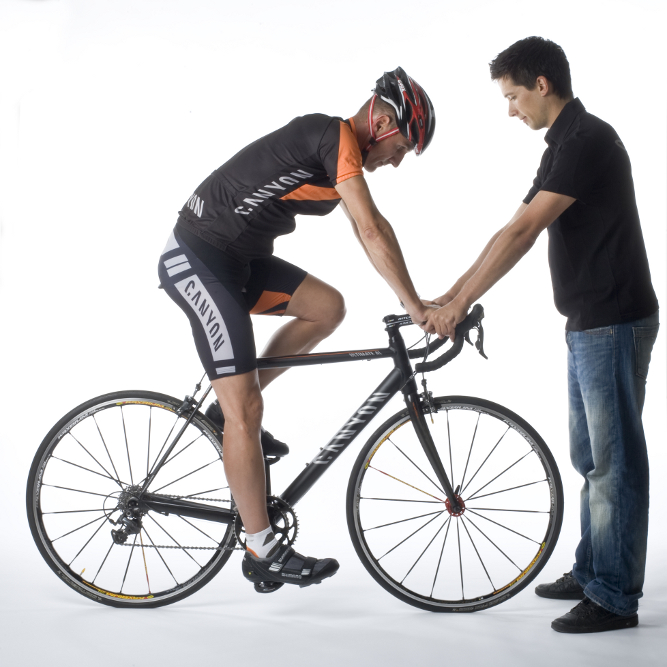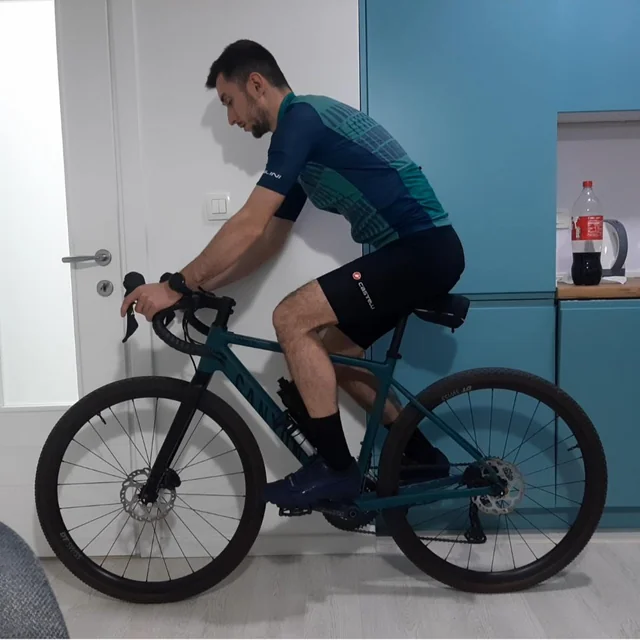I. Understanding the Importance of Proper Bicycle Seat Height
When it comes to cycling, the importance of proper bicycle seat height cannot be overstated. Whether you are a casual rider or a professional cyclist, the height of your bike seat can significantly impact your comfort and efficiency while riding. Not only does it influence your performance on the bike, but it also plays a crucial role in preventing injuries and ensuring an enjoyable cycling experience.
A. Impact on Comfort and Efficiency
The height of your bicycle seat can have a direct impact on your comfort and efficiency while riding. An improperly adjusted seat can lead to discomfort, pain, and even injury. When the seat is too low, it can cause excessive strain on your knees and lead to inefficient pedaling. On the other hand, a seat that is too high can cause your hips to rock side to side, leading to discomfort and reduced power output. Finding the correct seat height can help to alleviate these issues and improve your overall comfort and efficiency on the bike.
B. Influence on Rider’s Performance
In addition to comfort and efficiency, the height of your bicycle seat can also significantly influence your performance as a rider. A properly adjusted seat can help you achieve a more aerodynamic and efficient riding position, allowing you to generate more power with each pedal stroke. This can be especially important for competitive cyclists who are looking to maximize their performance and speed on the bike. By finding the correct seat height, riders can improve their overall performance and achieve their cycling goals.
II. Determining the Correct Seat Height
To ensure that your bicycle seat is properly adjusted, it is important to understand how to determine the correct seat height for your individual needs. There are various measurement techniques that can be used to determine the appropriate seat height, as well as factors that can influence the ideal height for each rider. Additionally, individuals can benefit from utilizing professional bike fit services to ensure that their seat height is optimized for their specific riding style and body geometry.
A. Measurement Techniques for Seat Height
One of the most common techniques for determining the correct seat height is the heel-to-pedal method. This involves sitting on the bike with your heel on the pedal at the bottom of the pedal stroke. Your leg should be fully extended, with a slight bend in the knee. This can help to ensure that your seat height allows for efficient pedaling without causing strain on your knees.
B. Factors Influencing Individual Seat Height
In addition to measurement techniques, there are various factors that can influence the ideal seat height for each rider. These factors include the rider’s body proportions, riding style, and flexibility. Riders with longer legs may require a higher seat height, while those with shorter legs may need to lower their seat to achieve the optimal position.
C. Utilizing Bike Fit Services
For riders who are looking to optimize their seat height and overall riding position, professional bike fit services can be incredibly beneficial. These services are offered by experienced professionals who can assess a rider’s individual needs and make adjustments to their bike setup to achieve the optimal fit. By utilizing bike fit services, riders can ensure that their seat height is maximize comfort, efficiency, and performance on the bike.
III. Adjusting the Bicycle Seat Height
A. Techniques for Raising the Seat Height
To raise the height of the bicycle seat, begin by loosening the seat post clamp and adjusting the seat to the desired height. It’s important to ensure that the seat post is inserted to the minimum insertion mark to maintain stability. Once the seat has been raised to the appropriate height, tighten the seat post clamp to secure the position. It’s important to periodically check and adjust the seat height as needed to accommodate changes in riding style or body geometry.
B. Techniques for Lowering the Seat Height
Conversely, if the seat height needs to be lowered, the process is similar. Begin by loosening the seat post clamp and adjusting the seat to the desired lower height. Regularly checking and adjusting the seat height can help to maintain a comfortable and efficient riding position.
C. Finding the Appropriate Saddle Tilt
In addition to adjusting the height of the bicycle seat, it’s also important to ensure that the saddle is in proper angle. A level saddle can help to distribute your weight evenly and prevent discomfort or pain while riding. To adjust the saddle tilt, loosen the saddle clamp and tilt the saddle to the desired angle. Once in the correct position, tighten the saddle clamp to secure the tilt. Paying attention to the saddle tilt can further enhance your comfort and performance on the bike.
IV. Addressing Common Issues Related to Seat Height
A. Potential Discomfort and Pain
Improper seat height may lead to discomfort and saddle-related pain for cyclists. It’s crucial to address potential issues such as saddle soreness, numbness, and chafing, which can result from an incorrectly positioned saddle. Understanding how seat height contributes to these discomforts is the first step in resolving these common issues.
B. Impact on Pedaling Efficiency
The relationship between seat height and pedaling efficiency plays a critical role in a cyclist’s overall performance. A poorly adjusted seat height can lead to reduced power output and suboptimal pedaling efficiency, impacting the rider’s ability to generate and transfer power to the bike’s drivetrain.
C. Influence on Muscular Strain and Fatigue
An improperly positioned saddle can lead to excessive muscular strain and fatigue. Riders may experience discomfort and fatigue in the lower back, hips, or knees, which can hinder endurance and lead to potential overuse injuries. Understanding the muscular strain associated with incorrect seat height is integral to enhancing cycling comfort and reducing the risk of strain-related issues.
V. Evaluating and Testing Seat Height
A. The Role of Trial and Error
Cyclists often resort to trial and error to fine-tune their saddle position, as this iterative process provides insights into the impact of different seat height adjustments on their comfort and performance. Trial and error offers a practical approach for riders to directly experience the effects of various seat heights and make incremental adjustments.
B. Fine-Tuning for Comfort and Performance
Fine-tuning seat height is a continuous process that involves testing and adjusting to achieve the best combination of comfort and performance. Through systematic experimentation with different seat heights and their impact on riding experience, cyclists can arrive at a personalized seat height that aligns with their biomechanical needs and riding style.
C. Seeking Professional Guidance if Needed
Professional guidance, such as bike fit services and expert advice, can offer valuable insights when evaluating and testing seat height. For riders encountering challenges in determining the ideal seat height or experiencing persistent issues, seeking the expertise of professionals can provide tailored recommendations and precision adjustments to optimize seat height.
In conclusion, addressing common issues related to seat height and employing effective evaluation and testing techniques are instrumental in fostering a comfortable and efficient cycling experience. By understanding the impact of seat height on discomfort, pedaling efficiency, and muscular strain, and using targeted evaluation methods, cyclists can fine-tune their seat height to achieve an optimal riding position.



